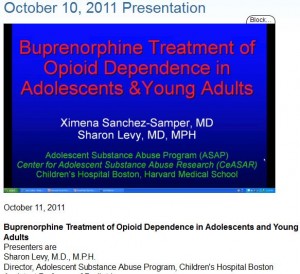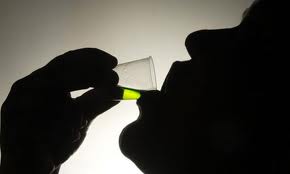To Suboxone From Methadone: What If You Want To Switch?
You may be a person attending a Methadone Clinic and are considering changing you medication to suboxone from methadone. Maybe you are interested in understanding the differences between methadone and that of suboxone treatment when used for narcotic addiction treatment. Methadone has been around for decades. Suboxone has only recently been used to treat opioid addiction.
There are several things to consider before making a change to Suboxone from Methadone. First, the switch can be complicated by severe opioid withdrawal. Methadone can be increased to a high doses to stop any cravings or discomfort. Suboxone does not work the same way. Many drug users benefit from the resources that are available at a Methadone Treatment Center that are not available with Suboxone treatment.
To Suboxone From Methadone: Medication Problems
During a change from to suboxone from methadone, one may have severe issues with opioid withdrawal. To switch to suboxone from methadone, your physician will have to first remove the methadone and this will cause opioid withdrawal. The way suboxone works, it can only be started once a person is in a certain degree of opioid withdrawal. This is referred to as Suboxone Induction. If a person on Methadone just starts Suboxone without getting off the Methadone, the Suboxone can cause opiate withdrawal on the spot.
Also, if the Induction phase of the change goes as planned, it could be several weeks before one feel comfortable on the new medication. You should be aware that some individuals may never show improvement on the Suboxone. They may just quit it and relapse. They sometimes will opt to go back to using Methadone. You need to weigh these considerations. Are you really willing to go through the chance of these issues occurring?
To Suboxone From Methadone : Methadone Is Stronger
Full mu opioid agonist such as methadone can be more dangerous than Suboxone. It can cause respiratory depression during overdose. However, one benefit of Methadone is a higher dose produces more of an effect for drug users. They usually can obtain relief at some level of Methadone. In fact, under the care of a physician, the level of Methadone can be pushed very high.
For those patients who may not want or need high amounts of Methadone in order to stop cravings or addictive behavior (seeking more medication, continued illegal opioid use, theft, etc.), the change to suboxone from methadone may be a good idea. Changing to suboxone from methadone usually requires a person being able to reduce their Methadone use to 40mg per day or less. If they cannot get down to this level, they may not be a good candidate for Suboxone.
To Suboxone From Methadone : Other Issues
Although having to go to a Methadone Treatment Center daily is a major issue for many, it has its positive points. Patients having a lot of contact with Methadone Treatment staff are likely to get more of their problems addressed. Other psychiatric concerns such as major depression, schizophrenia, and manic depression will be treated at the center. Individual counseling is usually available for those in need. Even job training assistance may be present.
For those patients who are currently employed or have less severe family and social problems, switching to suboxone from methadone may be worth a try. Contact with a physician is usually once every four weeks when stable on Suboxone. Typically, if a client is needing counseling, they will need a referral to an outside therapist by their physician. Job training is not available in the doctor’s office. However, being on Suboxone has other positives. Not having frequent appointments with a doctor or clinic is a welcome relief for many. Patients feel they have more privacy being seen by their own physician. They don’t want to be seen attending a Methadone Clinic.
To Suboxone From Methadone : Summary
Switching to suboxone from methadone has helped the lives of many individuals who have an dependency to opiates. Suboxone treatment less complicated, appears to carry less embarrassment for patients, and it requires less total time. Not every individual will do well with Suboxone treatment and would be better served with Methadone. Those who don’t have adequate housing, have a high opioid dependency, and have other psychiatric illnesses may do better. Before making a switch to suboxone from methadone, be sure to discuss these issues with your physician.
Suboxone Treatment Directory And Methadone Treatment Directory
Dr. Rich is a Board Certified Psychiatrist with licenses in Texas and Hawaii. He specializes in the treatment of opioid addiction with buprenorphine and runs a FREE locator service to find Methadone Treatment.




